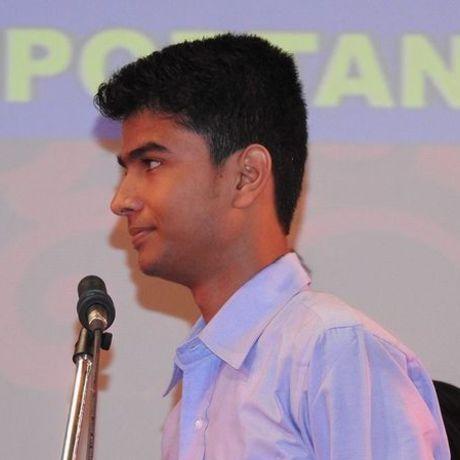Maps to Imagery using Spatially Adaptive Denormalization
- 0 Collaborators
In this project I have made a deep learning generative model which uses a segmented land cover map and generates a imagery map out of it. It utilizes the latest SPADE normalization layer in the generative model to not which keeps the context of input land cover map. ...learn more
Project status: Published/In Market
Intel Technologies
AI DevCloud / Xeon,
Intel Python
Overview / Usage
The problem of converting a land cover to imagery is very important in the field of urban planning as it requires a urban planner to see how the imagery map will look like if they make certain changes to the land cover map. This problem has commercial use cases and has been in demand by various GIS companies. It utilizes a latest technique called SPADE (https://arxiv.org/abs/1903.07291) which is a normalization layer which takes the input into account when performing the affine operations after the old normalization. It utilizes the famous Generative Adversarial Networks (GANs) to generate the intended output. The generator and discriminator are trained simultaneously and they both are trained till they become experts at their crafts. The weights in both generator and discriminator are both spectral normalized and are trained with a two time scale update rule. Perceptual loss is also optimised from the features of vgg19 backbone. A feature matching loss is also added as highlighted in the SPADE paper.
Methodology / Approach
Methodologies used: SPADE, GANs, Perceptual Loss, Hinge Loss, TTUR, Feature Matching Loss
Technologies Used
Intel MKL
Intel Python
Intel DevCloud
fastai
pytorch
torchvision
Repository
https://github.com/divyanshj16/SPADE


